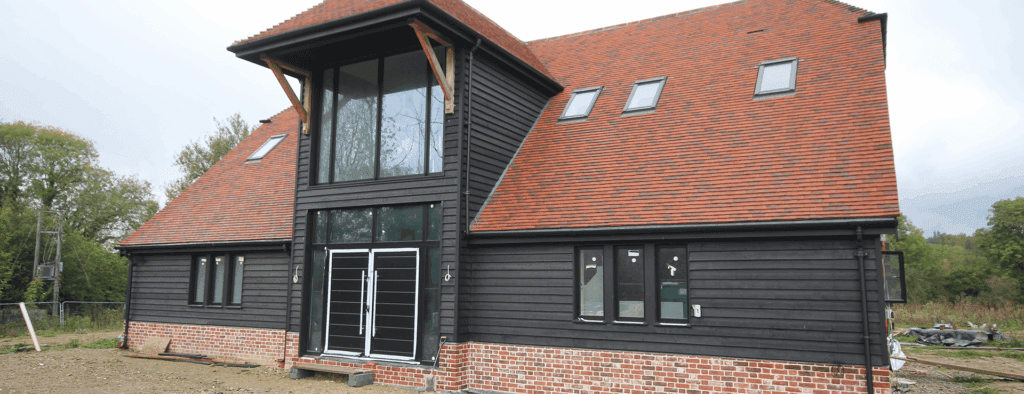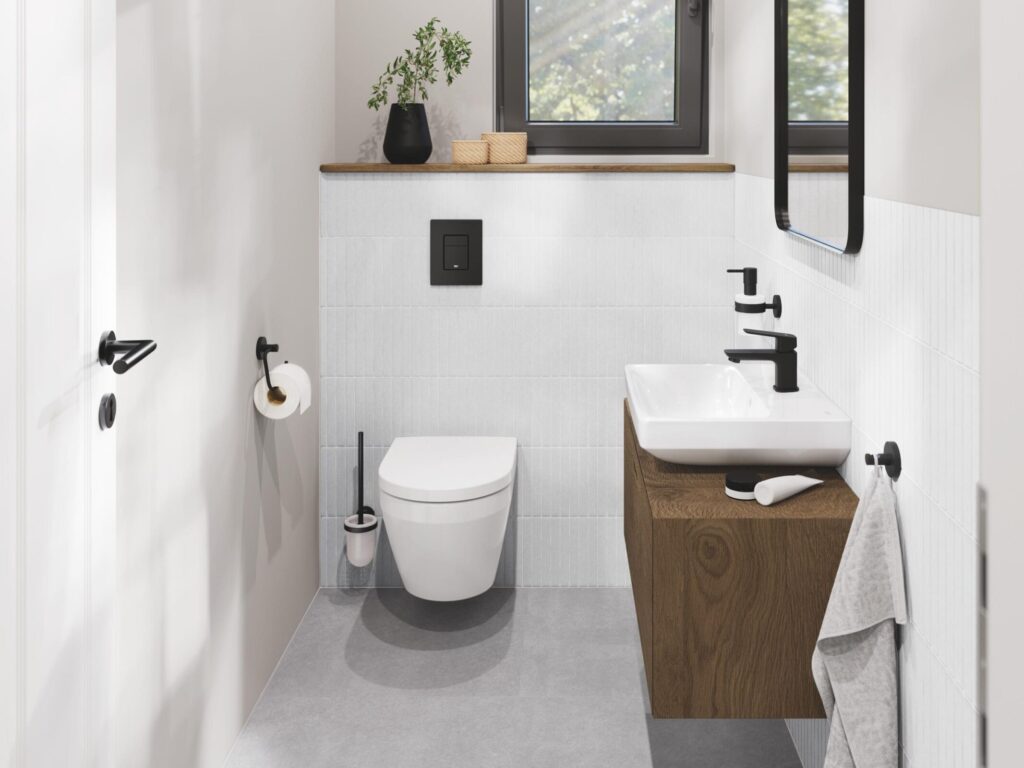Hundreds of Local Authority planning officers, sustainability officers and decision-makers from all over the UK are meeting next week to learn about a pioneering new tool from Bioregional and Space Syntax that can help them identify locations for new development with the lowest carbon impact.
As local authorities face increasing pressure from newly reinstated government targets to rapidly accelerate housebuilding, recent changes to the National Planning Policy Framework will soon require them to consider carbon emissions in the plan-making process. This includes supporting developers in using carbon accounting to evidence their development proposals. These changes, along with the need to balance location, housing density and proximity to local services, combine to make the job of planners harder than ever before.
Bioregional, a leading sustainability charity, is addressing these challenges with its Net-zero Spatial Planning Tool – a straightforward and user-friendly solution to simplify that difficult decision-making. Attendees at its online launch on Tuesday will learn how the tool can accurately model the carbon impact of new developments, considering the construction, heating systems and the transportation needs of new residents. For planning departments considering what development sites to include in their area’s Local Plan, it means that possible locations for new development can be compared almost instantly, helping them to easily identify the most effective low-carbon growth options.
The Net-zero Spatial Planning Tool was developed by Bioregional in partnership with environmental digital modelling expert Space Syntax, and supported by grants from Innovate UK and the support of several local authorities. The user-friendly tool, which works off the Microsoft suite of software, has already been used by staff at a number of planning authorities, including West Oxfordshire, Forest of Dean, Cotswold District Council, Greater Cambridge and Central Lincolnshire. Crucially, outputs were used in the successful adoption of the Central Lincolnshire local plan.
Key benefits of the Net-Zero Spatial Planning Tool include:
• Powerful data – it harnesses national and local datasets, geographic information systems (GIS), and other robust evidence to empower data-driven decisions.
• Comprehensive Carbon Modelling – including the embodied carbon from building materials and construction processes, the operational carbon emissions during the life of the buildings and, crucially, the transport emissions generated by new residents.
• Scenario Planning – the ability to create and analyse multiple development scenarios, including variables such as the number of properties, location and projected growth. This allows LPAs to explore different spatial growth options and their associated carbon impacts, leading to more sustainable site allocations.
• Integration with Local Planning Processes – the tool is designed to support the creation of the Local Plan, so that by incorporating carbon assessment early in the planning cycle, LPAs can ensure they align with national and local net-zero targets.
Ed Parham, Director at Space Syntax, said: “We’re really pleased about our collaboration with Bioregional and the resulting Net-zero Spatial Planning Tool. The tool applies an evidence-based and data-driven approach to explain how location and place affect the way people move around and the resulting emissions. By packaging this into an easy-to-use tool, the value of this insight is that it can be used to support early, but very influential decisions on where to allocate housing, and in turn help deliver places with smaller carbon footprints and healthier, happier residents.”
Celia Davis, Senior Projects and Policy Manager at the Town and Country Planning Association (TCPA), said: “The planning system is a vital tool for addressing the climate crisis, and local plans and development proposals must align with national carbon budgets. This relies on sound carbon evidence, and the TCPA encourages local authorities to take a carbon literate approach to spatial planning. There’s a clear need for tools that enable local authorities to assess the carbon implications of development and use an evidence-based approach.”
At Bioregional, Lewis Knight, Director of Sustainable Places, is encouraged with the response to the seminar and will be organising more opportunities soon to find out more about the Net-zero Spatial Planning Tool. He said: “We are confident that this tool is an absolute game-changer when it comes to planning the right developments in the right places. Local authority planning departments are under immense pressure, and this tool will cut through the confusion, helping councils to make informed, planet-conscious decisions about which areas to put forward for development and providing robust information that will help difficult decisions over where to grant planning permission.”
Read more news and exclusive features in our latest issue here.
Never miss a story… Follow us on:
Showhome
@Your_Show_Home
@Showhomemag
Media Contact
Hannah Larvin
Editor, Showhome
Tel: +44 (0) 1622 823 920
Email: [email protected]












